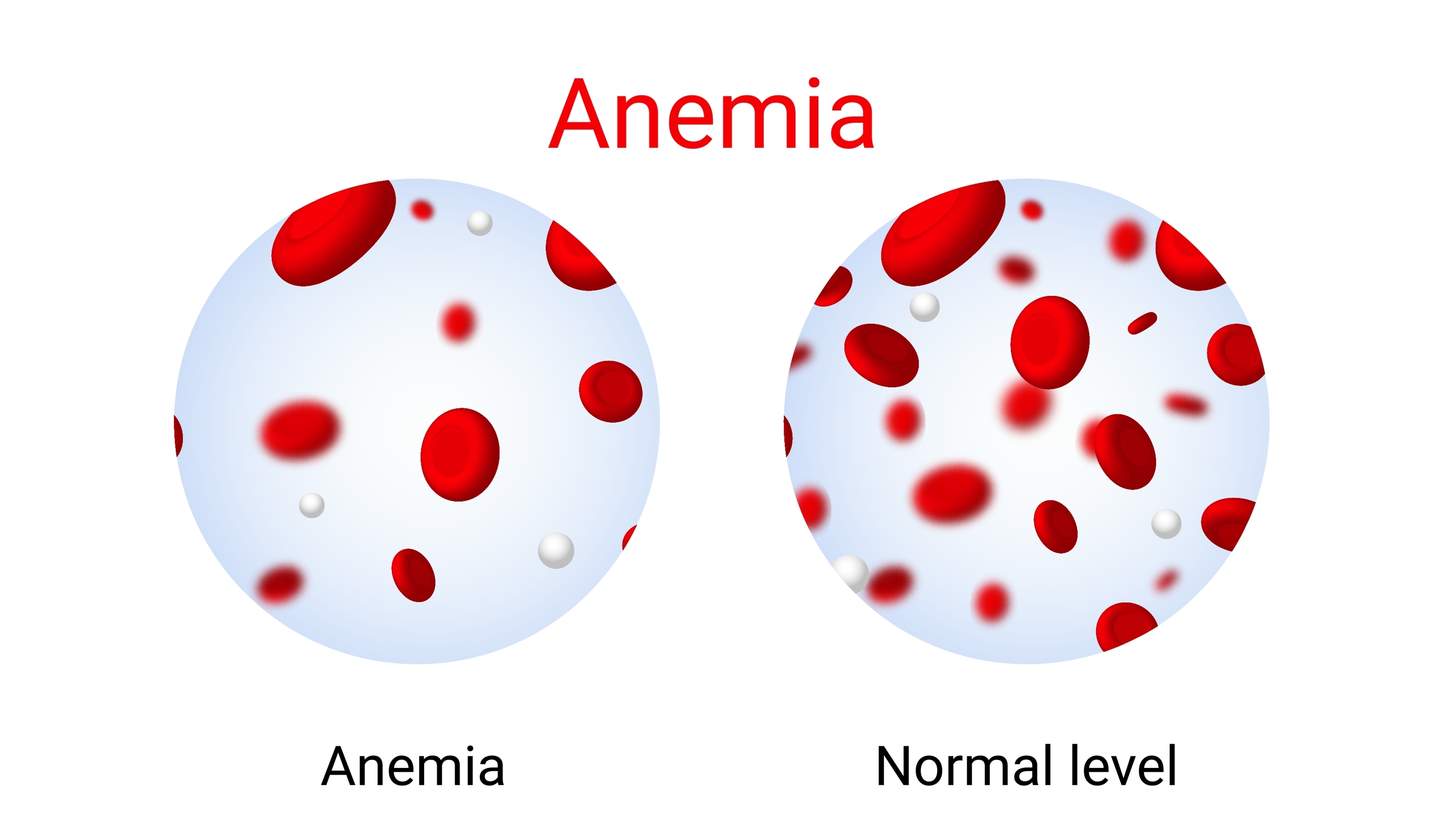
Summary
How iron is used
Your body needs iron for daily activities, growth and development. It uses iron to make haemoglobin, the protein in red blood cells that gives them their colour, and which carries oxygen through the bloodstream. It also helps provide oxygen to muscles and helps make some hormones.
Our bodies cannot make iron. It must be absorbed from our diet or from supplements. The amount of iron we absorb is decided by our body's needs. We normally use just a little bit of iron each day and we don’t have a way of getting rid of excess iron. Instead, the body closely controls iron levels by regulating how much iron we take in from our diet.
How iron is taken up and used
Why get tested?
When the body needs to make new red blood cells the iron stored in ferritin is released into the blood stream and transported to the bone marrow where blood cells are made. Measuring the level of ferritin in your blood is a good indication of the amount of iron stored in your body.
If your iron stores are too low (iron deficiency) you may not be able to make healthy new red blood cells and this can lead to anaemia.
It is also possible to have too much iron in the body, a condition called iron overload, which can also cause health problems. For more information about how the body uses iron see Iron Studies.
A ferritin test can be used by itself, but it is most often ordered as part of a group of tests known as iron studies which includes other tests relating to your body's iron levels.
Having the test
Sample
Blood.
Any preparation?
None.
Your results
Low ferritin levels are usually due to iron deficiency. Iron deficiency anaemia comes on gradually. When the rate of iron loss is more than the amount of iron you absorb from your diet the first thing to happen is that iron stores are used up.
A high ferritin level may be due to having too much iron. However, ferritin levels also increase when there is inflammation in the body such as during an infection, after surgery, or if you have an autoimmune disorder or liver disease. This means a high ferritin result can be difficult to interpret on its own. There are many causes of iron deficiency, and you may need further tests to work out the cause. Your medical team will use the results of these other blood tests and your symptoms to better understand the ferritin result.
Because ferritin goes up during inflammation it is also possible to have iron deficiency despite the ferritin being normal or even high. This will be considered when interpreting your results.
What your iron studies results may show | ||||
| Disorder | Ferritin | Iron | Transferrin and Transferrin and Total Iron Binding Capacity (TIBC) | Percentage of transferrin saturation |
| Iron deficiency | Low | Low | High | Low |
| Haemochromatosis (iron overload) | High | High | Low | High |
| Chronic illness | Normal or high | Low | Low | Low |
| Haemolytic anaemia (anaemia due to the abnormal breakdown of red blood cells) | High | High | Normal or low | High |
| Sideroblastic anaemia – this is a rare condition that affects how your body produces red blood cells. | High | Normal or high | Normal or low | High |
| Iron poisoning is usually seen in young children who eat iron tablets as they look like lollies. | Normal | High | Normal | High |
Reference intervals
Your results will be presented along with those of your other tests on the same form. You will see separate columns or lines for each of these tests.
Your results will be compared to reference intervals (sometimes called a normal range).
If your results are flagged as high or low this does not necessarily mean that anything is wrong. Blood test results must be interpreted with an understanding of your own particular symptoms and medical history. For this reason, your results are best interpreted by your doctor.
Questions to ask your doctor
The choice of tests your doctor makes will be based on your medical history and symptoms. It is important that you tell them everything you think might help.
You play a central role in making sure your test results are accurate. Do everything you can to make sure the information you provide is correct and follow instructions closely.
Talk to your doctor about any medications you are taking. Find out if you need to fast or stop any particular foods or supplements. These may affect your results. Ask:
More information
Pathology and diagnostic imaging reports can be added to your My Health Record.
You and your healthcare provider can now access your results whenever and wherever needed. Get further trustworthy health information and advice from healthdirect.
Pathology Tests Explained (PTEx) is a not-for profit group managed by a consortium of Australasian medical and scientific organisations.
With up-to-date, evidence-based information about pathology tests it is a leading trusted source for consumers.
Information is prepared and reviewed by practising pathologists and scientists and is entirely free of any commercial influence.